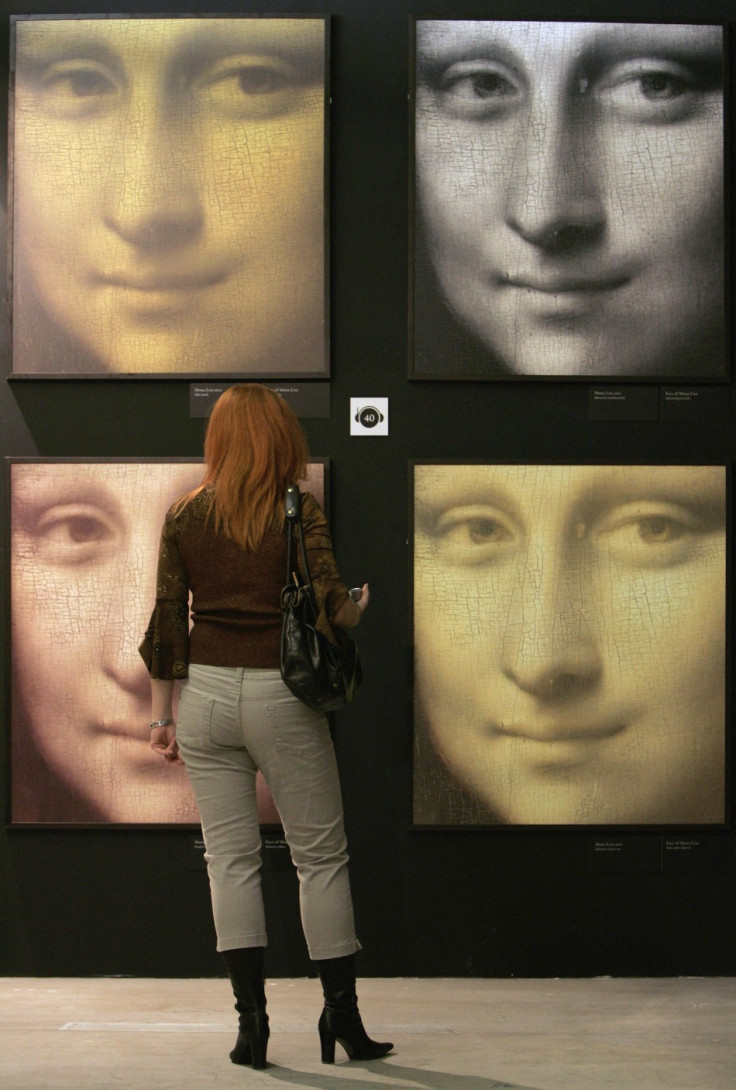Art detective claims Da Vinci's Mona Lisa is 'half man and half woman'

The Mona Lisa, Leonardo da Vinci's world famous creation has been an inspiration for many artists, authors and filmmakers around the globe. But the true identity of the woman who inspired Da Vinci to paint the portrait remains a mystery. Although, there are many theories that claim the woman in the painting is Lisa Gherardini – the wife of a wealthy merchant Francesco del Giocondo from Tuscany.
Nonetheless, an art detective has now claimed that the Mona Lisa is an amalgamation of the merchant's wife and the Italian painter's gay lover. Silvano Vinceti, head of a research group called the National Committee for Cultural Heritage said: "The Mona Lisa is androgynous – half man and half woman. The painting was based on two models. The first was Lisa Gherardini and the second was Salai, Leonardo's apprentice."
Gian Giacomo Caprotti, the male apprentice of Da Vinci was fondly called Salai or Little Devil. He is rumoured to be the gay lover of the legendary artist. Caprotti became a part of Da Vinci's household around 1490, when he was about 10 years old. He worked with the painter as his assistant for the next 20 years and probably became his love interest.
"You see it particularly in Mona Lisa's nose, her forehead and her smile," he added, noting that these features are similar to other Da Vinci paintings which used Salai as a model, namely St John the Baptist, St Anne, and The Incarnate Angel, an erotic painting depicting a young man with an erection.
Vinceti stressed that his findings are based on infra-red examination of the Mona Lisa and offer an answer "to a question that has divided scholars for years – Who was the Mona Lisa based on." Vinceti is reportedly excavating beneath an old convent in Florence for the past four years hoping to find the bones and skull of Lisa Gherardini.
As mentioned by Vinceti, the art world is indeed divided on the question of Da Vinci's inspiration for Mona Lisa. Martin Kemp, professor emeritus of the history of art at Trinity College, Oxford, questioned the credibility of Vinceti's findings and said, "This is a mish-mash of known things, semi-known things and complete fantasy."
"The infra-red images do nothing to support the idea that Leonardo somehow painted a blend of Lisa Gherardini and Salai," the professor noted, adding that it is impossible for anyone to say the Mona Lisa painting resembles Salai as no one knows for sure how he looked. Kemp is writing a new book, titled Mona Lisa: The People And The Painting.
© Copyright IBTimes 2024. All rights reserved.





